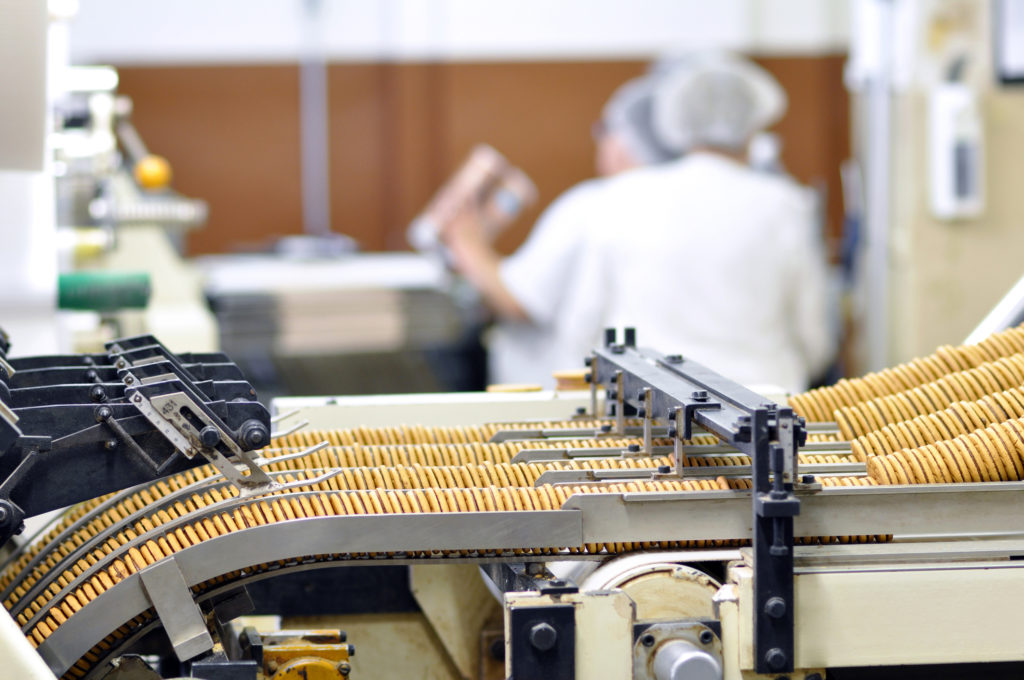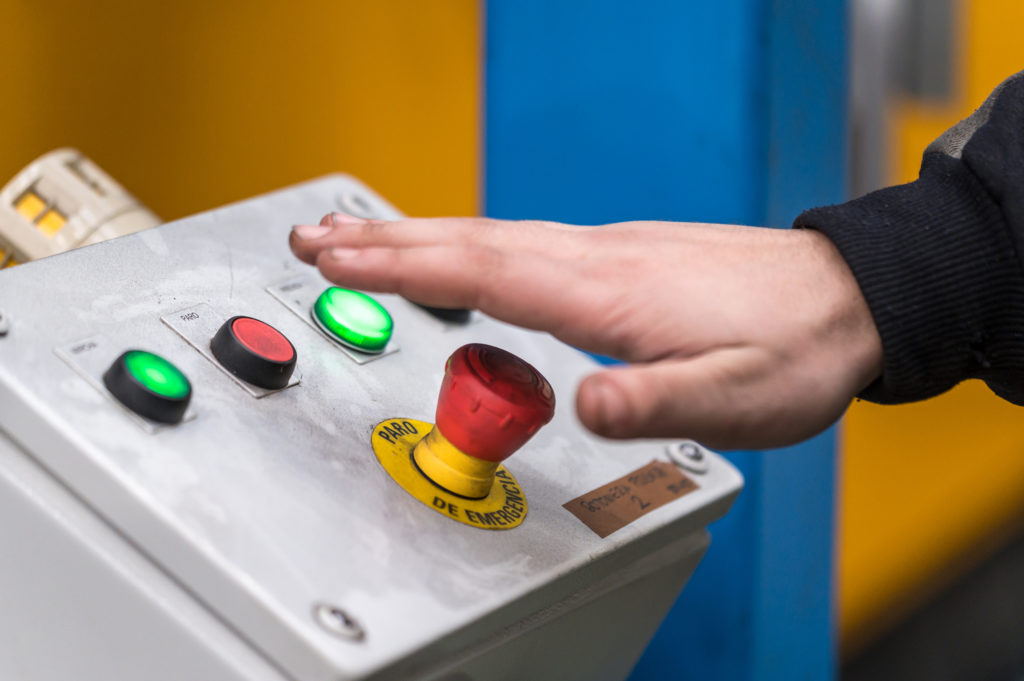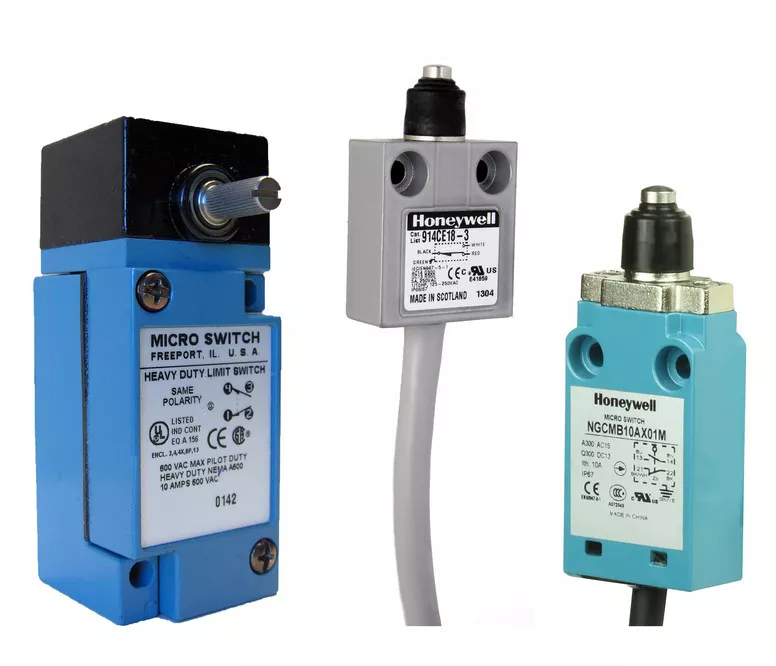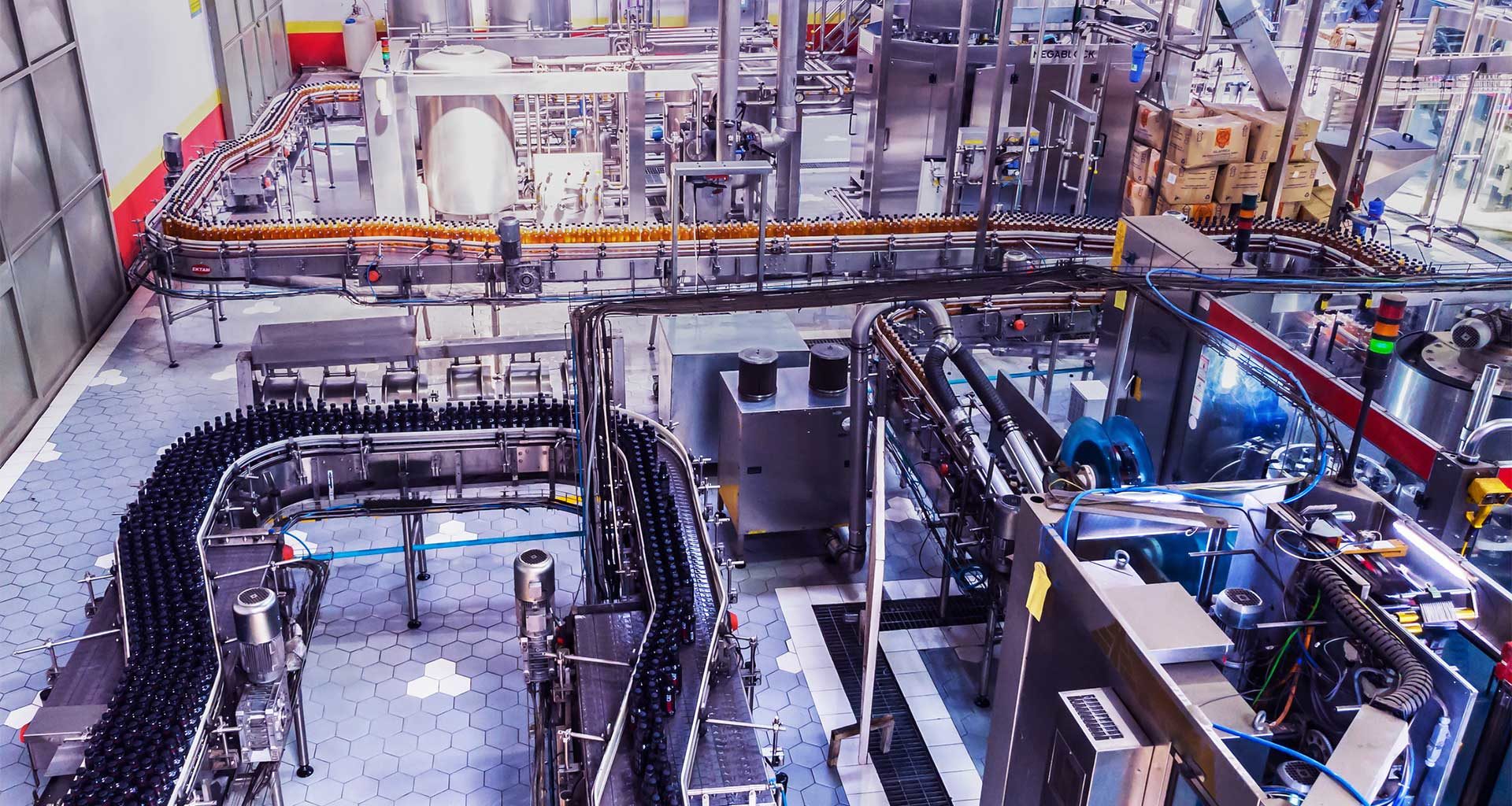The rise of the machines – industrial automation
Industrial automation has been transforming the way humans interact with machines for the last three decades. The early days involved pneumatic control loops where a single valve could control a single process variable, like flow or pressure. But advances in computer and sensor technology have led to thousands of sensors and large centralised control systems in modern factories.
One of the most significant areas of development over the last few years is known as Industry 4.0 or the Industrial Internet of Things (IIoT). New sensors for factory settings offer a much higher level of information than previous generations. These sensors capture the process variable as well as ambient information like temperature. In addition, modern sensors can monitor their own health and raise an alert when they need calibration or maintenance.
IIoT also makes use of network connectivity. This step-change from analogue signal transmission allows for sensors to make all their information available to others. A device connected to a digital network can send large packets of information to other local devices, control rooms and even to expert support centres anywhere in the world.
A new take on factory maintenance

Maintenance practices have also changed over the last few decades. In the past, assets would be maintained on a time-based schedule using routine tasks like visual inspections and lubrication top ups. A motor or conveyor could be taken offline at a set frequency for more thorough maintenance. The disadvantage of this approach is that equipment may be shut down even if there was no immediate need for maintenance. On the other hand, a factory could experience a failure if the equipment deteriorated significantly between scheduled maintenance intervals.
The availability of new sensors designed to measure the health and performance of machines has made new maintenance strategies possible. For example, a motor or conveyor can house several vibration sensors. Newly serviced motors with new bearings and correct alignment should have minimal vibration. As the components wear, the vibration increases until it reaches a threshold level. At this point, an automatic alert can trigger further investigation.
This approach to maintenance is called condition monitoring and moves a factory from a time-based maintenance program to a condition-based program. Predictive maintenance strategies use condition monitoring to predict when a failure is likely to occur so that maintenance can be planned to prevent that failure. A bearing failure usually causes extensive secondary damage, which can be prevented by replacing the bearing before it fails.
Safety even more paramount

Industrial safety is a highly regulated field with various regulatory bodies overseeing the compliance of factories. Occupational Safety and Health Administration (OSHA), The American National Standards Institute (ANSI), National Safety Council (NSC), European Safety Federation (ESF), Canadian Center for Occupational Health and Safety (CCOHS) and British Safety Council (BSC) are some of the organisations committed to the safety and wellbeing of workers.
Advances in sensors and industrial automation have extended into industrial safety systems too. Many industrial plants use automated emergency shutdown systems with hundreds of sensors connected to complex logic programs that determine when a piece of equipment or plant should be stopped. These systems depend on the integrity of sensors, which operate in harsh environmental conditions. Manual controlled stop switches are, therefore, still an essential component of any factory safety system.
There are also specific industrial applications that require manual safety stops. A typical example is a conveyor system extending for a hundred feet or more across a production area. At any point along that conveyer, a worker could get a sleeve caught in the conveyer belt. That worker should have immediate access to an emergency stop to prevent serious injury. A cable-pull safety switch that runs along the entire conveyor is ideally suited for this application.
Equipment limit switches are also helpful stop-devices for machinery applications. They can monitor the loading of a conveyer or the alignment of items on the belt. Limit switches can trigger a conveyer belt shutdown to allow intervention before an incident occurs.
Selecting suitable switches

Manually controlled stop switches and equipment limit switches have an essential safety function and must perform reliably and consistently when needed. Several factors contribute to the quality and performance of safety switches:
- Industrial equipment operates in harsh environments and are often exposed to high levels of shock and vibration. Limit switches must operate in these environments without giving false signals or failing to operate when they should. Specially designed electro-mechanical switches can meet these stringent requirements, like the Honeywell GLA series limit switch range. For smaller space constraints, there are also robust micro switch options in the range.
- Some applications like modern CNC machines operate with high precision and accuracy. They need compact switches that sense the position of moving parts without triggering false signals due to vibration. Honeywell 14CE series of compact industrial limit switches, or mini switches, are designed for these applications.
- Manual controlled stop switches must function immediately and reliably when activated by a worker. Cable-pull safety switches should change state and latch as soon as the cable is activated. Ideally, the switch should activate whether the cable is pulled or pushed because there is no way to know how a worker will respond in an emergency. Honeywell’s MICRO SWITCH 2CCP series offers all these features in a solution designed for conveyor applications.
Conclusion
Industrial automation continues to transform the factory environment with the steady development of new technology. New sensors and IIoT capability have made significant improvements to maintenance strategies and the efficiency of factory operations. Emergency safety systems also rely on electronic sensors and computerised controllers to execute their logic functions.
However, despite all these advances, there remains a need for high-quality manual controlled stop switches and equipment limit switches for industrial safety. These switches must withstand the harsh operating conditions of extreme temperature ranges and high vibration.
Contact Distrelec for all your manual stop switches and equipment limit switches. We are a Honeywell limit switch distributor offering a broad range of products designed and built for industrial applications.











